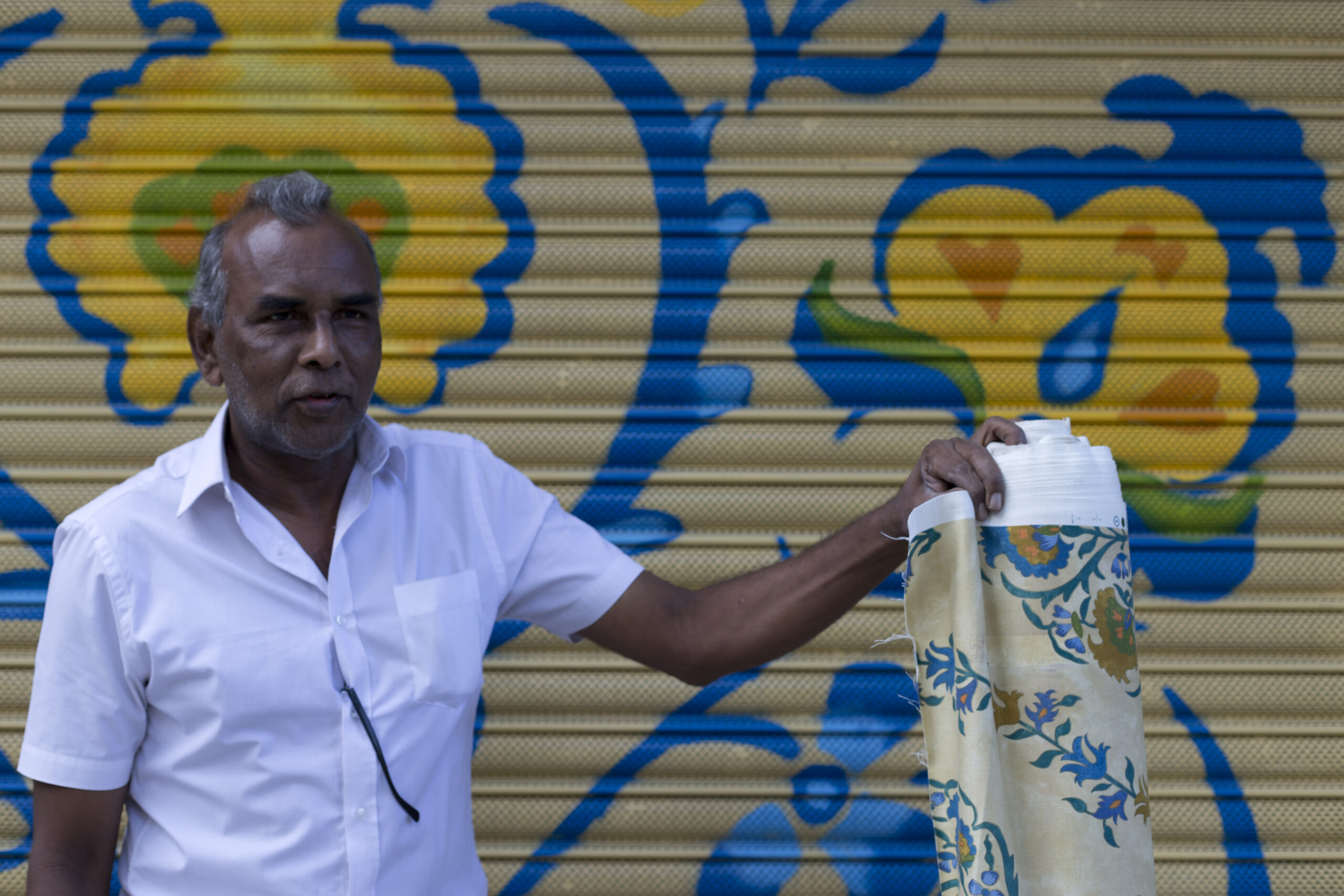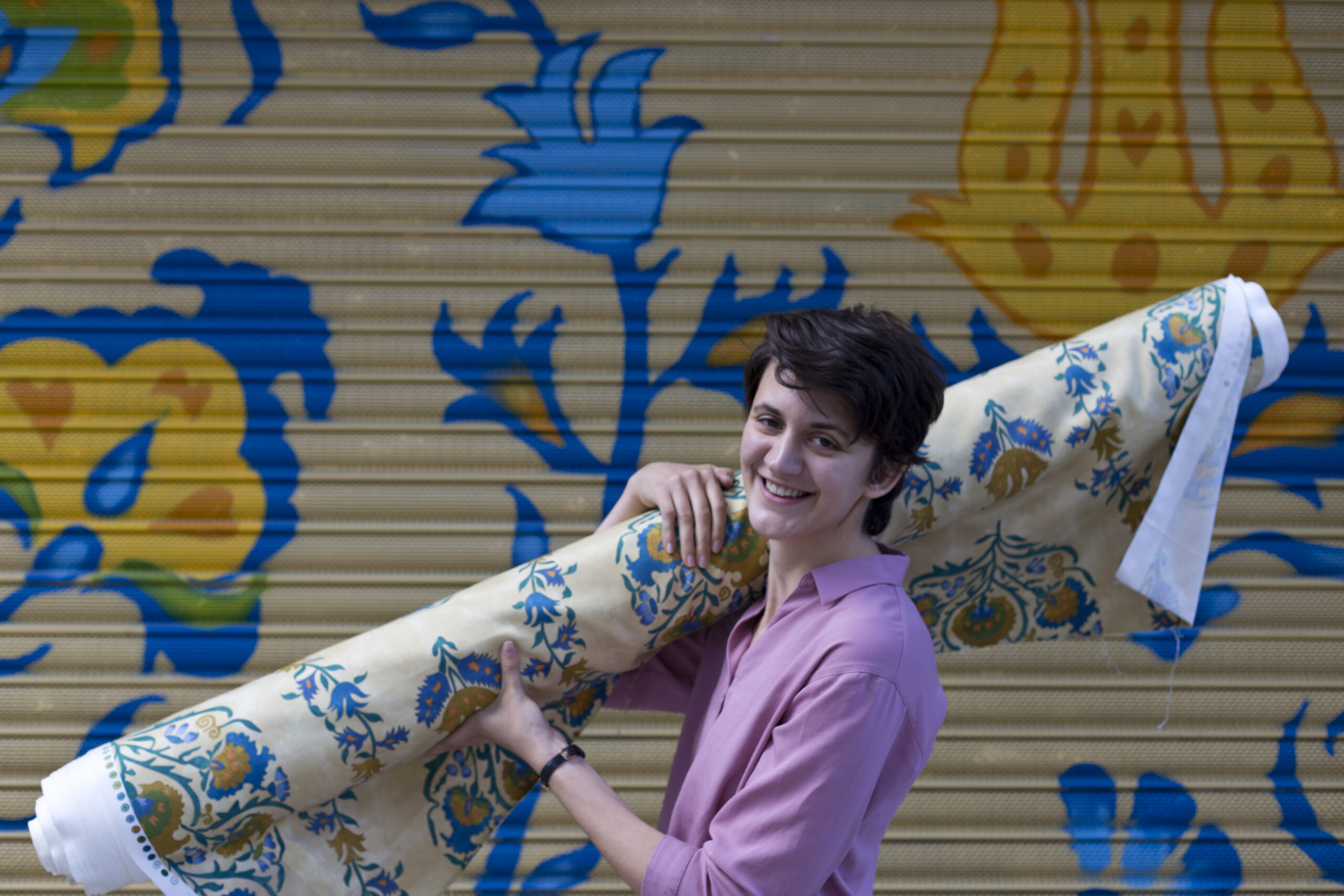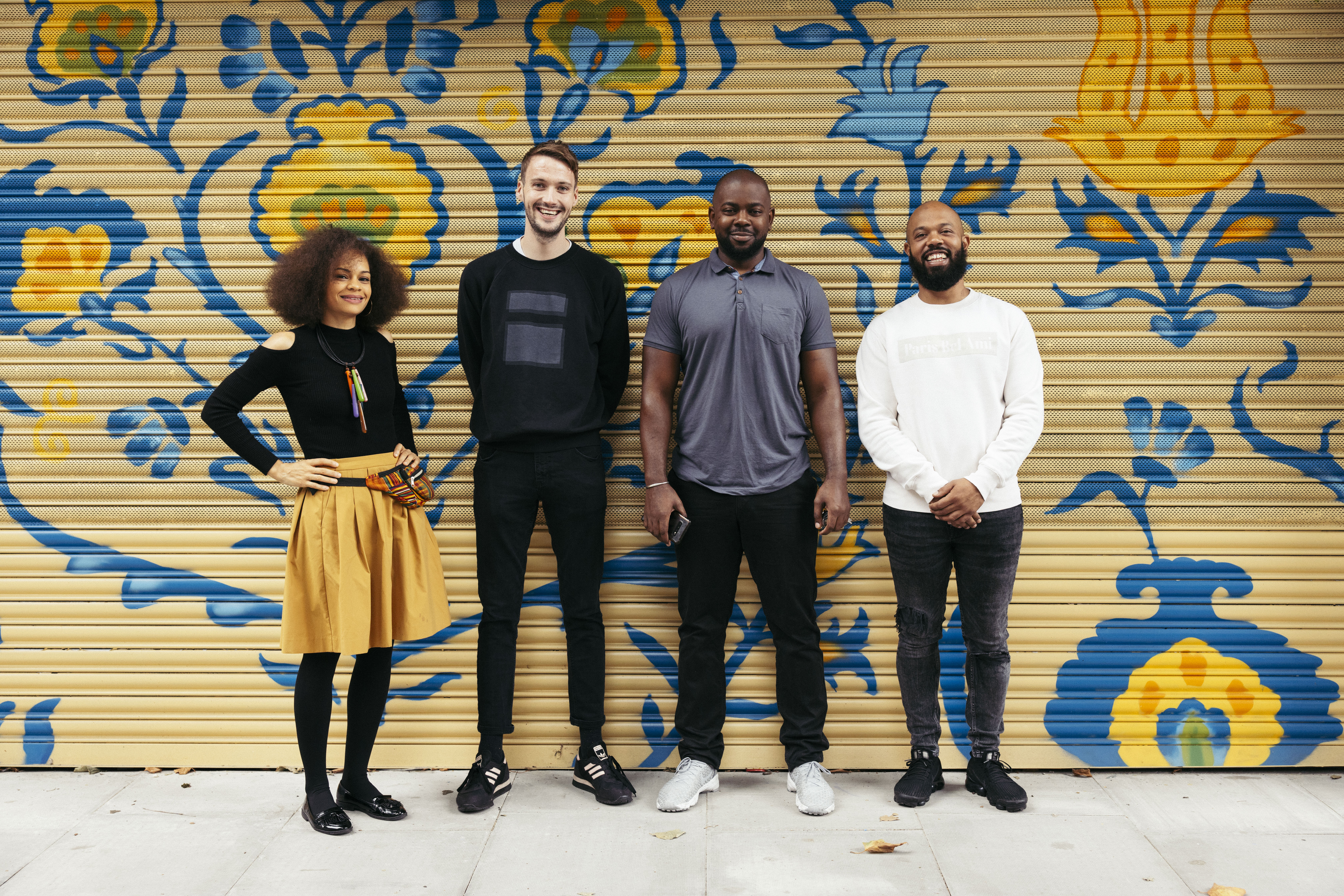High streets are not just places to shop. They are places of social, cultural and political exchange with myriad activities contesting every square inch of public space.
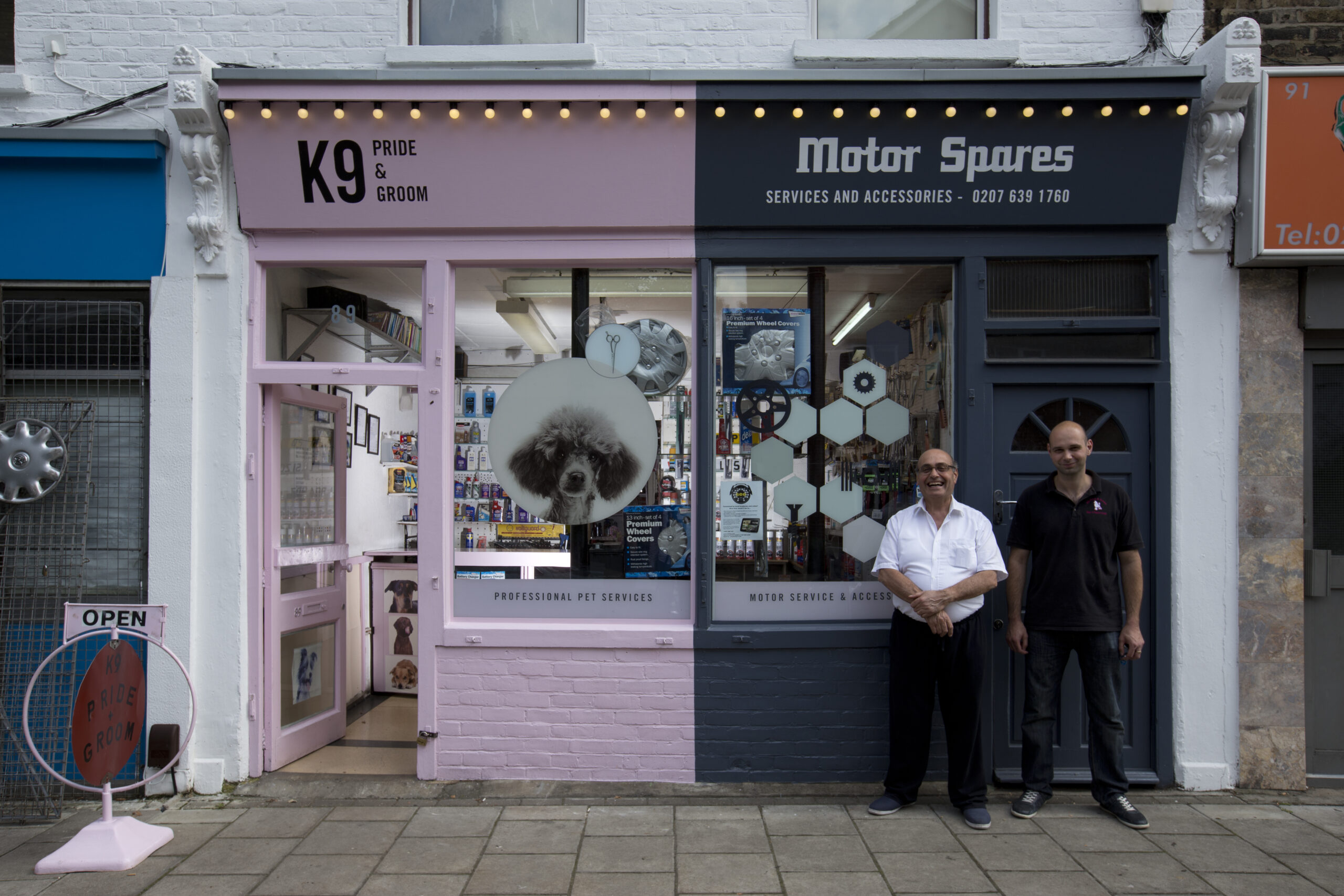
They are places where dreams and aspirations meet economic reality; where traditions are upheld, but also examined and challenged; where history struggles with contemporary identity. It is this process of negotiation and compromise which makes the high street such a potent manifestation of the founding principles of democracy.
The deeply engrained significance of the high street in the public mind is reflected in its perpetual portrayal by the media as a barometer of the nation’s prosperity. No wonder; research by the Greater London Authority indicates that 1.5m people work on high streets across the capital alone. Two thirds of Londoners live within 5 minutes’ walk from their local high street, and their sense of belonging is often immutably bound with its physical and social disposition.
There are few people in Britain that do not have an opinion about their local high street, or whose memories of growing up are not intertwined with one of the country’s 5,410 High Streets, 3,811 Station Roads or 2,702 Main Streets. The high street is a British institution. Like the NHS or the BBC, it is a sign of civilisation, a place that makes us feel at home.
The University of Southampton report on High Street Performance and Evolution recognises that, as the success of a high street relies on its experiential qualities, its performance cannot be judged using quantitative measures alone. The Covid-19 crisis has shone a spotlight on the importance of local high streets as hubs for social support networks, as recreational assets, local employment providers and as sources for essential supplies close to home.
The challenges faced by high streets across the UK are well-documented. As ever more retail transactions move online, long-term changes in consumer behaviour are undermining the economic bedrock of the high street. These challenges push existing businesses to re-examine their trading model and re-consider marketing strategies. They also generate potential for new businesses to re-occupy vacant space and try unorthodox trade ventures, for entrepreneurs to test new ways of working and selling, and for communities to re-purpose public space. This adds up to an enormous creative potential to re-evaluate the functions of the high street. Co-working, open-access workshops, multi-platform retailing and meanwhile activation are some of the strategies that have emerged in recent years. In spite of the challenges they face, high streets have become catalysts for change, places of invention, ideas and innovation.
This is exactly where we get involved. We work to identify where green shoots are emerging and nurture them. We catalyse piecemeal efforts into a greater whole, inject momentum into nascent strategies and introduce new actors. How do we do this? Distinctiveness is the high street’s most precious asset. The unique character of each high street asserts its continuing relevance in the face of increasing competition from the digital giants, shapes experiences that are truly personal.

Beginning with High Road Leyton over ten years ago, we have to date worked on over 30 high streets. In the process, we have developed practices that help us to streamline engagement, procurement and project management without stifling design innovation or undermining originality. Just as each high street is unique, there is no rote approach to its’ regeneration.
When we began working on Aberfeldy Street for EcoWorld and Poplar HARCA in 2019, many of the shops along the 1960’s terraces were vacant, while remaining businesses were struggling to make ends meet. Meanwhile, phased re-development of the surrounding area is bringing profound change to the neighbourhood. Together with Meanwhile Space, we have been working to tease out and celebrate what sets apart this corner of east London in order to revive the high street as a common ground for long-standing residents and new arrivals.
While our creative works programme is perhaps the most eye-catching part of the scheme, this is just the physical expression of over a year of engagement and outreach activities. Over time, we got to know Aberfeldy Street, helped to re-connect local and young people with their high street, supported existing shops with new fronts, signage and business support, and brought new entrepreneurs to the high street through incubation units.
As we learned more about Poplar’s legacy of fashion and garment manufacture, we called out to the local community to donate fabric swatches. Inspired by the Bangladeshi kantha tradition of recycling old textile to create something new, we pieced these swatches together into a patchwork mural that spans across the entire street. This last component aims to help Aberfeldy Street build on its cultural capital to establish a revitalised civic space for local residents, and an inspiring place for businesses to grow.
High streets concern everyone. The sheer number and diversity of stakeholders can make it very difficult to intervene sensitively and effectively. The need to build understanding and consensus around a common vision is all the greater as we consider how the high street moves beyond traditional retail. This is a concern for our project in Fore Street, Edmonton.
While the high street here is busy, and there are few vacant shops, Edmonton is one of the 10% most deprived neighbourhoods in Britain. We welcomed the opportunity to work with Enfield Council officers, some of whom have been deployed in the area for many years. This collaboration helped us to understand and articulate the needs and aspirations of local stakeholders, and to develop a pragmatic and deliverable brief which responds effectively to the neighbourhood’s context. Shared concerns about crime, public safety, community cohesion and the need for skills, training and employment opportunities began to emerge from our research.
We began to form a strategy which underpins the social infrastructure of the town centre by exploring areas adjacent, behind and beyond the high street. New enterprise space will activate defunct garages on the residential estate to expand Fore Street’s business community. Refurbishing an existing library will allow it to expand its hours into the evening to bring activity and passive surveillance of the high street. Public realm improvements and a new school street will begin to make easier, more pleasant connections between Fore Street and the surrounding neighbourhoods. The strategy helped Enfield to secure £1 million of Good Growth funding from the Mayor of London in 2020, and we’re now advancing toward construction.
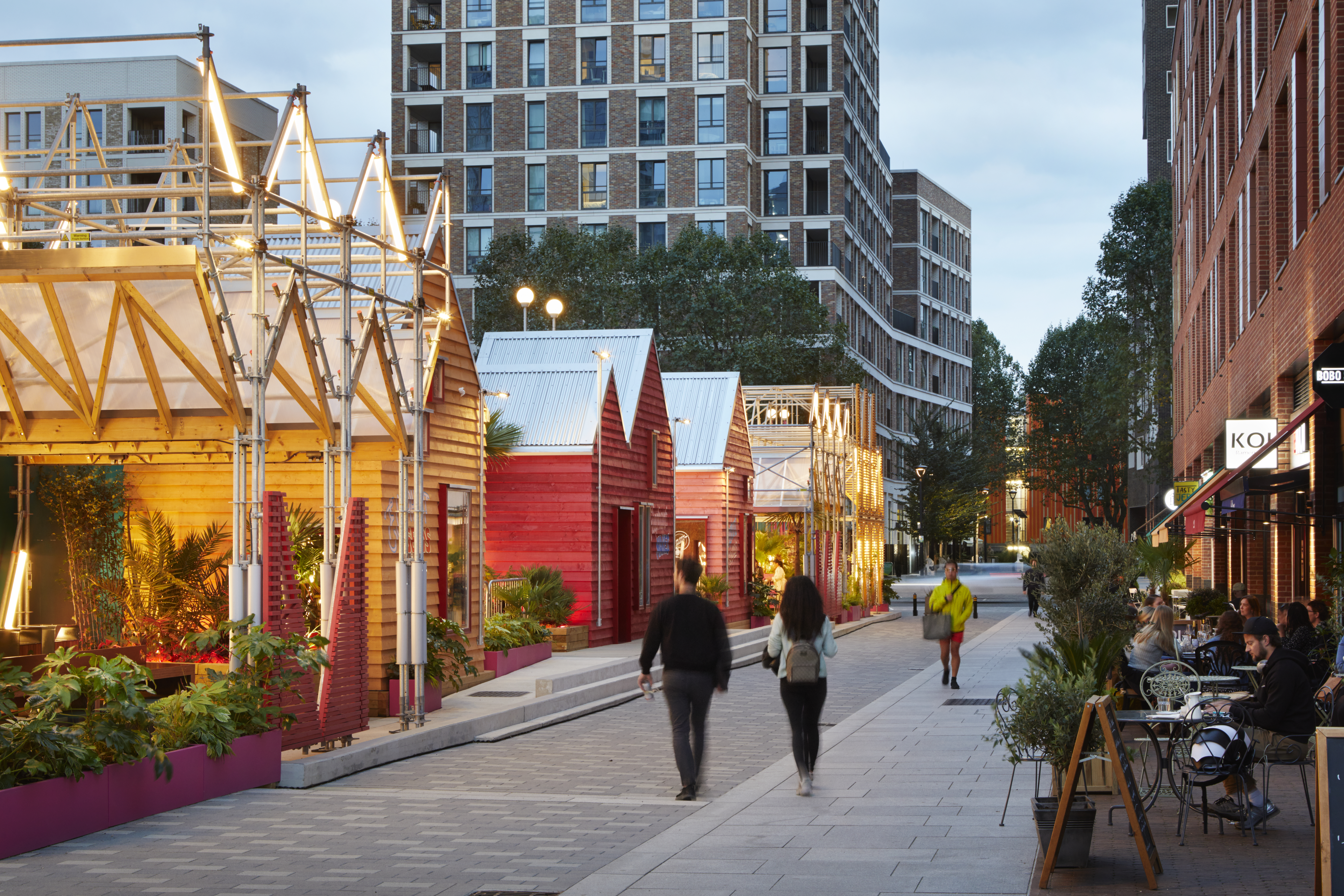
After a decade of working with on high streets, in 2019 we were appointed with the unusual challenge to build half a high street. Sayer Street forms part of a wider housing-led regeneration project in Southwark. On a strip of land just 4m wide and 100m long, we have worked to encompass all that represents the social life of some of London’s best loved public spaces. While works on a permanent building are progressing behind a construction hoarding, the project was to complement cafes and restaurants which recently opened on the opposite retail parade.
We found ourselves confronted with some of the questions that disconcert economists, politicians, retailers and academics across the nation. How will the emergence of the experience economy re-define activities on the high street? What role can architecture and design play in the future-proofing of civic spaces that significantly define people’s sense of belonging in the city?
Our answer takes the form of a linear folly. Sayer Street offers, at micro-scale, all that’s pleasurable about walking in the city. There’s a radio station, a shop and a gallery, but also spaces for outdoor events, places to sit and watch the world go by under a playful canopy structure, and a luxuriant garden. Yes, it is a site for economic activity, but culture, informal social spaces and ecology are just as much a part of the picture.
Sayer Street affirms the continuing importance of the high street by bringing it to site ahead of wider development, but it also reflects an understanding that it is a dynamic entity that needs both time and flexibility to bed in, flourish and grow its personality. This is the high street as an event, taking the experience economy to its logical conclusion.
[1]GLA, Learning from London’s High Streets
[2]University of Southampton, The Great British High Street & ESRC, High Street Performance and Evolution, A brief guide to the evidence
